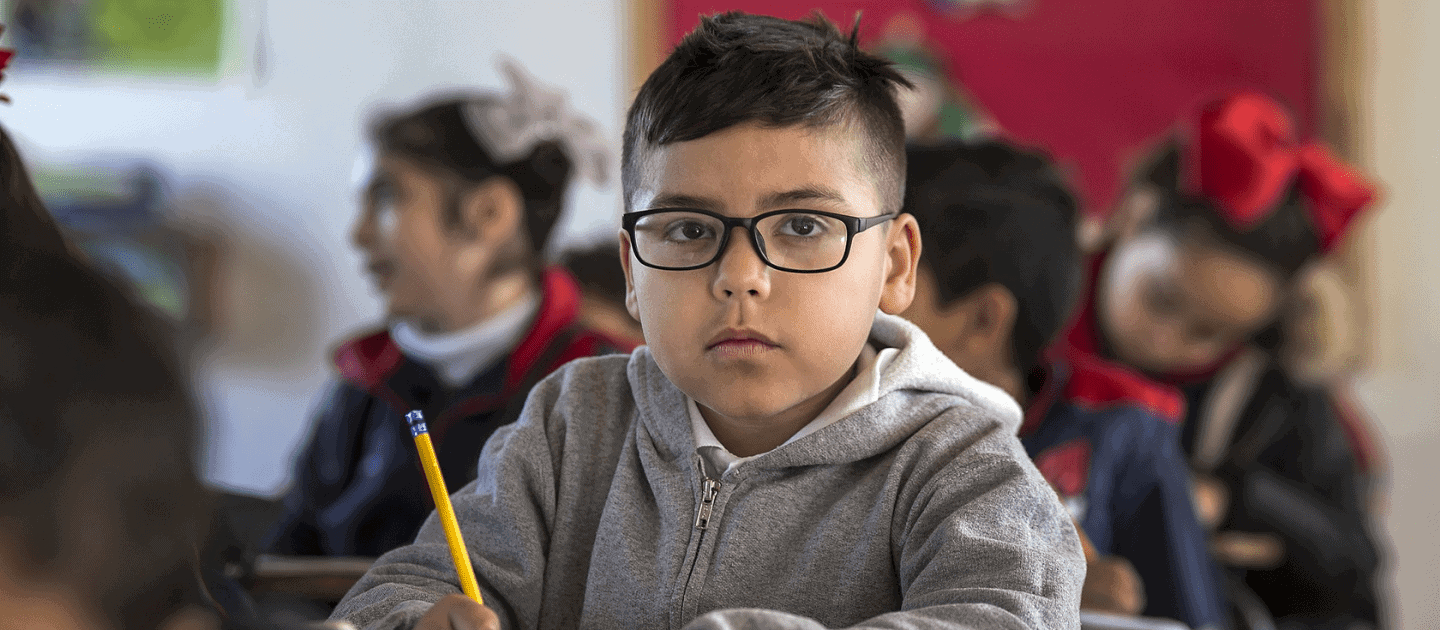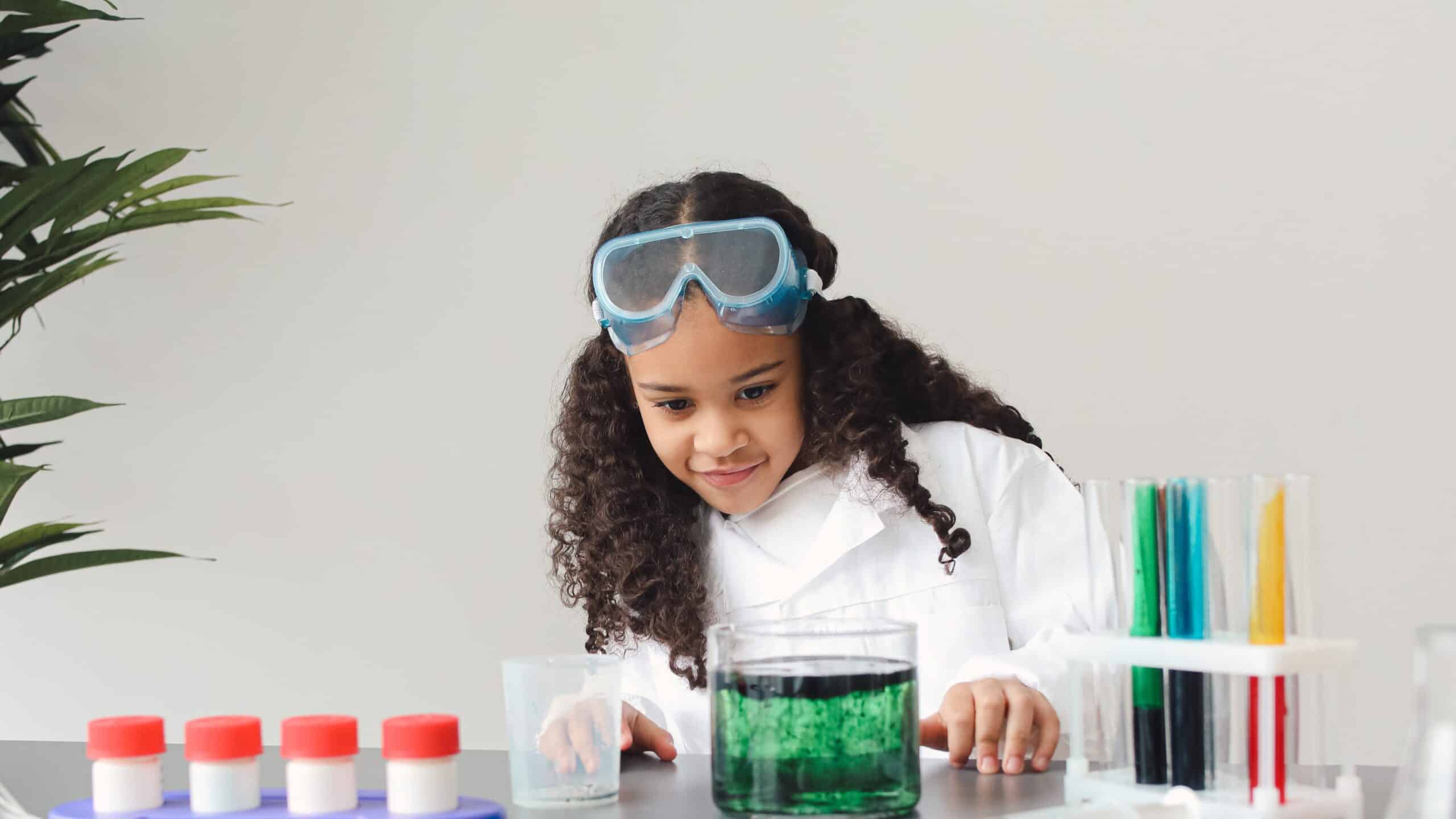
Artificial Intelligence Enabled Personalized Assistive Tools To Enhance Education of Children With Neurodevelopmental Disorders
As students return to a more normal school routine, IEP teams will have to reassess students’ Present Level of Performance (PLOP) and likely conduct reassessment and revision of IEPs.
14 Apr 2024

